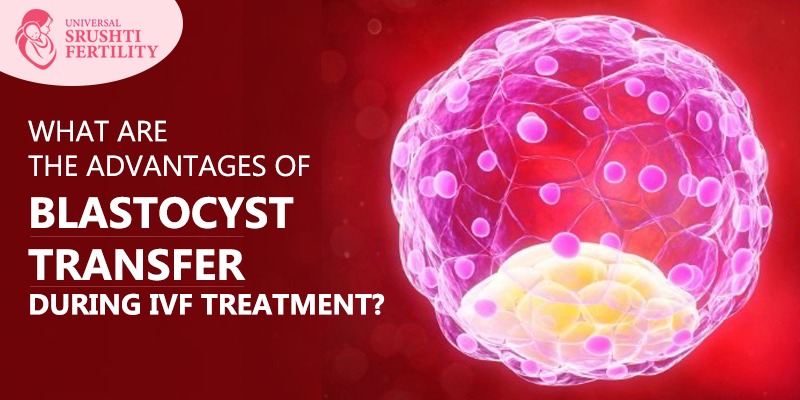IVF Treatment in Hyderabad
What are the advantages of blastocyst transfer during IVF TREATMENT?
The embryo is allowed to grow into a blastocyst before being transferred to the mother’s uterus via the ‘blastocyst transfer’ procedure. This method has shown to be quite effective and is now in wide use. For IVF treatment, Blastocyst transfer is becoming increasingly prevalent.
As a result of the blastocyst transfer, embryologists may pick the best embryos for IVF treatment. Pregnancy outcomes are heavily influenced by the quality of the embryo. In certain cases, embryos fail to develop into viable blastocysts. Over the course of 5 to 6 days, the embryo’s development is monitored to verify that the embryo chosen for IVF is healthy and has a good chance of surviving. Fewer embryos are transferred to the uterus during a blastocyst transfer, reducing the likelihood of multiple pregnancies.
The fallopian tubes are where the egg is fertilized in a normal pregnancy. Embryos move to the uterus for more than three days before implantation occurs on the sixth day. It is important to note that the blastocyst transfer closely resembles the natural procedure. After 5 or 6 days of gestation, the uterus is ready for egg transfer, and the embryo attaches itself to the uterine wall instantly.
Best IVF Clinic in Hyderabad
Even before it is placed in the uterus, the Blastocyst starts to hatch in the laboratory. A successful IVF technique relies heavily upon successful hatching. Assisted hatching may be utilized if an embryo does not begin hatching by the sixth day. The physicians are able to monitor and aid in the hatching of the embryo via the transfer of the blastocyst. This increases one’s chances of becoming pregnant after using this method. The Blastocyst transfer has greatly improved the success of the IVF technique because of this. some of the advantages of blastocyst transfer are:
- Some embryos stop developing before the fifth day. IVF procedures often fail because embryos have stopped developing in the 2-3-day transfer window. There is no risk of transferring embryos that will stop developing before day 5, hence the blastocyst transfer is preferred.
- During the blastocyst’s growth, defective embryos may be easily sifted out. There is a high probability that embryos with chromosomal abnormalities will not progress to the blastocyst stage. These embryos die before the fifth day of development.
- PGD on a blastocyst is simpler since there are more cells available for harvest and testing. Preimplantation genetic diagnosis (PGD) tests are used to identify and delete embryos that are faulty and guarantee that a healthy embryo is transplanted throughout the IVF treatment.
- After a time, an embryo with a defect will often cease developing. Even if the embryos that transferred in the 2-3 transfer technique implant, the pregnancy is terminated. Consequently, early miscarriage rates are reduced as a result of Blastocyst transfer procedures.
The success rate of IVF treatment has also increased significantly with the introduction of Blastocyst.


